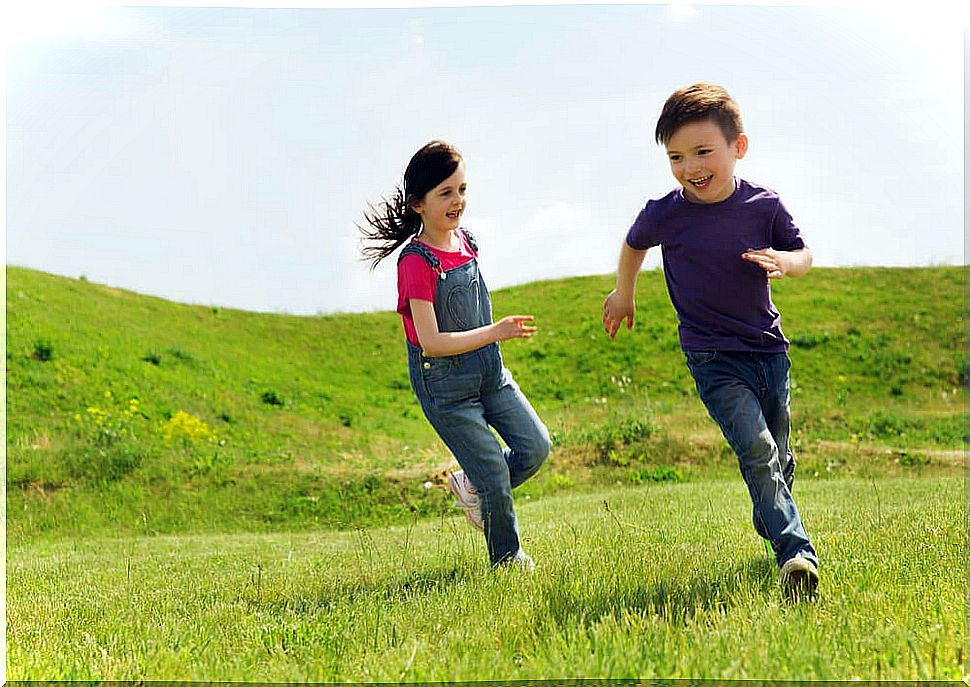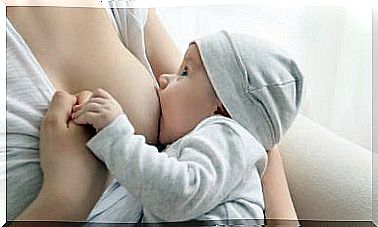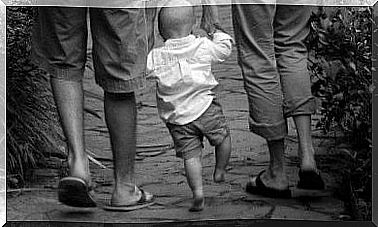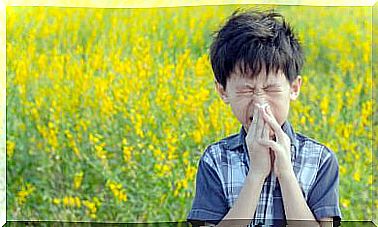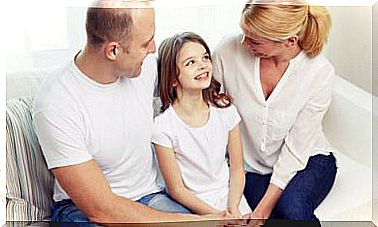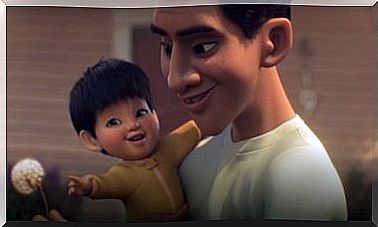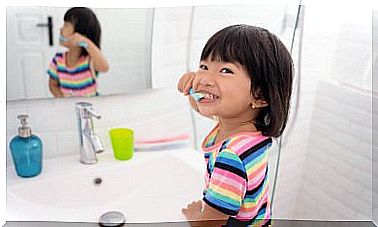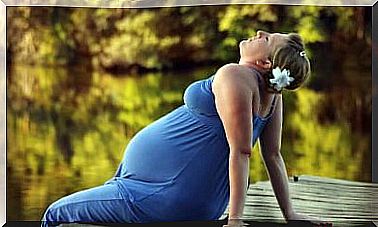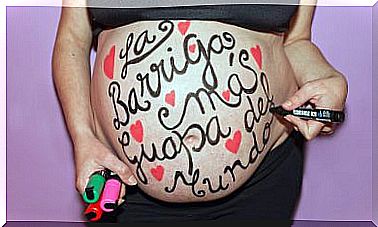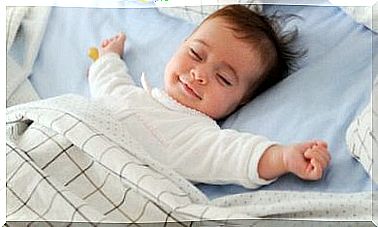The Heuristic Game: Discover, Experiment, Explore
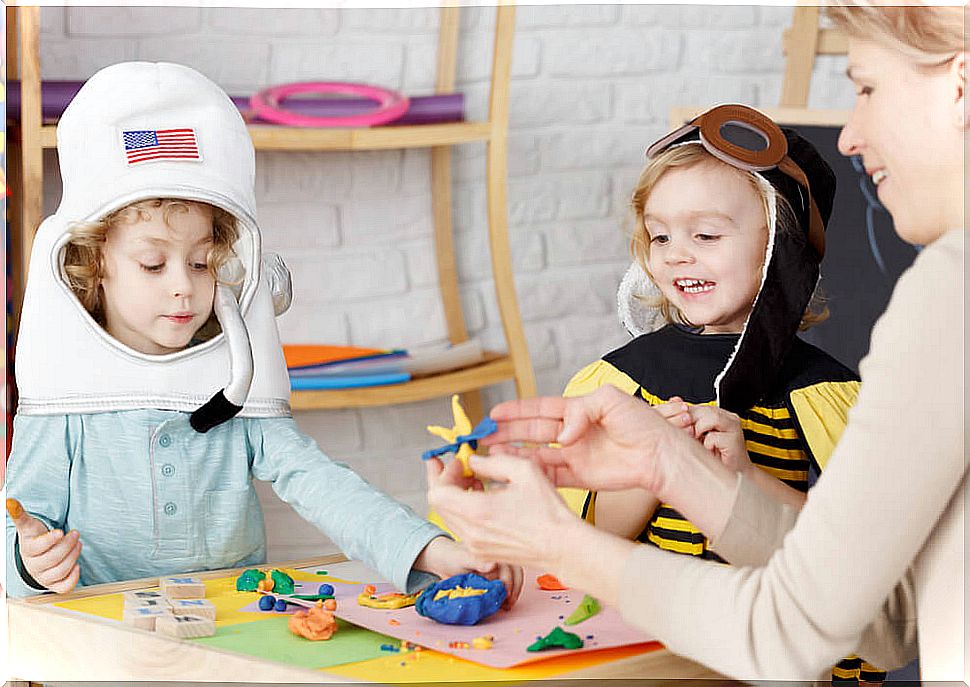
Play, as we all know, is an innate activity typical of childhood. Playing is how most learning takes place and the way children understand the world around them and themselves. So, we will talk in this article about the heuristic game.
The heuristic game
According to the evolutionary stage of the child, the games vary. From 12 to 24 months, children are in the period of sensory-motor development; they begin to have greater autonomy in their movements and, little by little, they begin to coordinate their movements, therefore, the possibilities of playing and knowing are multiplied.
In the 12-24 month stage, children have a need to explore and discover for themselves how things behave, so they need a variety of objects to experiment with. From kindergarten, we can offer them this opportunity through heuristic play, which favors manipulation, experimentation and discovery.
Heuristic play is a play practice and learning approach for children 12-24 months. It was developed by the English pedagogue Elinor Goldschmied and put into practice in collaboration with educators from England, Scotland, Italy and Spain.
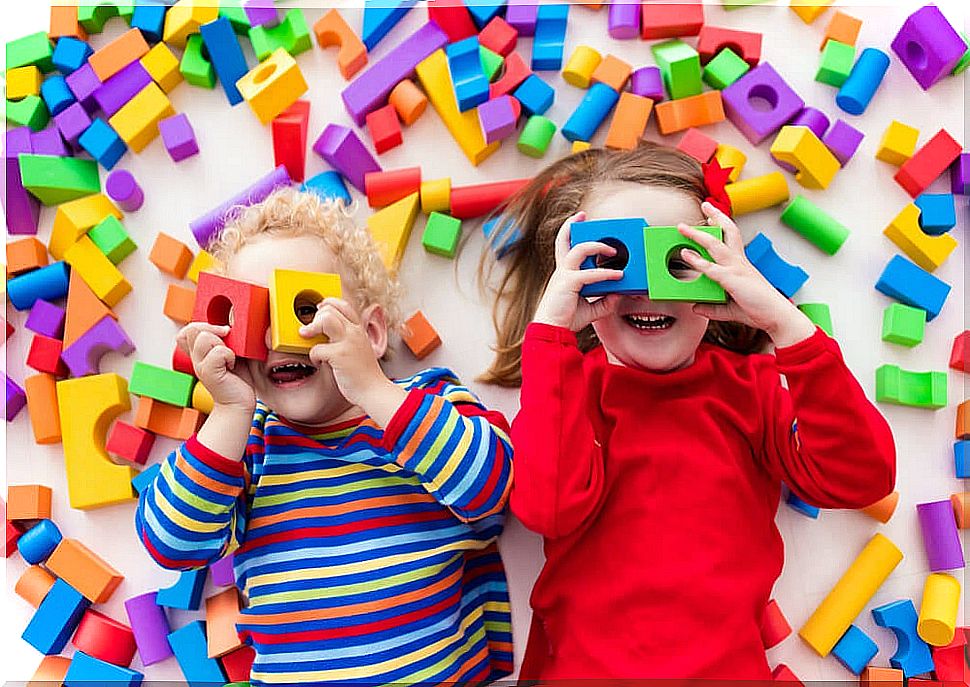
It consists of offering a group of children, for a specified time and in a controlled environment, a number of objects of different types and materials so that they can play and experiment freely without the involvement of adults. The child is the protagonist of his own learning; investigate on your own.
What characteristics does the heuristic game have?
Encourages the child to manipulate, observe and explore a large number of objects and materials ; interact and discover with the look, touch and mouth.
Through the activity of discovering, the little one becomes aware of the laws of nature (gravity, balance, speed, etc.), and the properties of objects (dimension, volume, weight, color, texture, etc.).
There is no error ; the actions and relationships that a child makes with objects will be as correct and adequate as those that another child performs, since the possibilities are endless and there is nothing to determine what is right or wrong.
Play conflicts are eliminated, since all children have enough material and no one asks them to share (a premature attitude even for this age).
What aspects are worked through the heuristic game?
Above all, it is the pleasure that children find in the materials and their actions, in addition to achieving the following objectives.
- Encourage concentration.
- Develop hand-eye coordination.
- Coordinate movements with both hands : stack, fit, cover, uncover, etc.
- Learn the cause-effect relationship, concepts such as inside-outside, full-empty.
- Sort and discriminate between categories of different objects.
- Learn vocabulary
- Sensory perception of objects.
What do we need?
- Assorted objects. Better if they are natural (wood, cardboard, metal, cork, leather …). But you can also use recycled materials. We will need a large quantity and variety, at least 15 different ones and, of each one of them, about 50 units.
- Cloth bags in which we will keep all the same elements of each type, called collections. The object it contains is written or drawn on each bag.
- Containers. They are usually baskets, jars, boxes of different sizes in which the objects of the different collections enter. 3 or 4 are needed for each child.
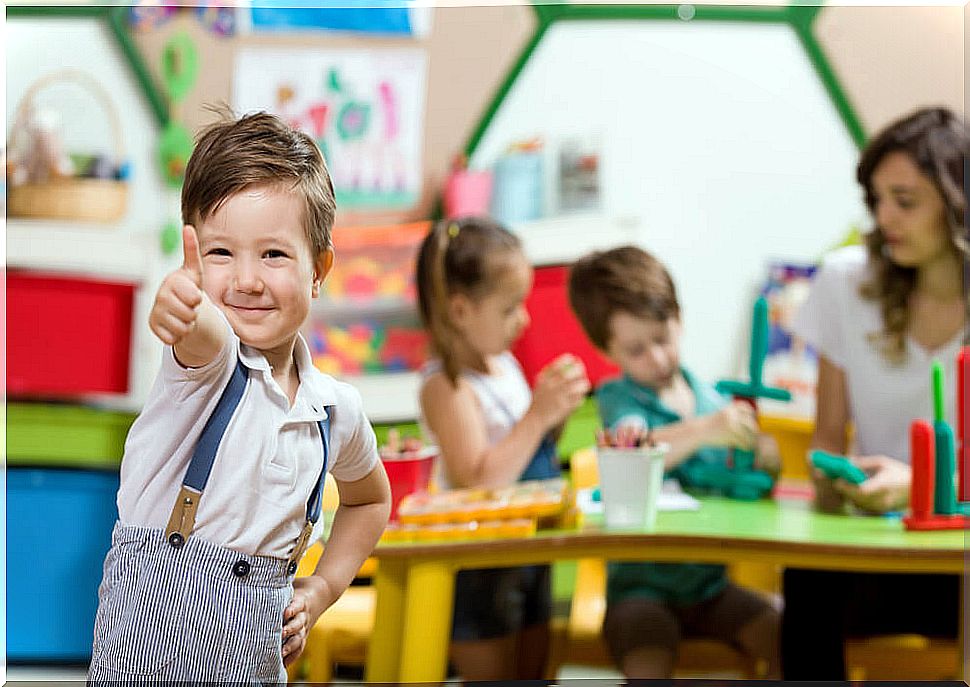
How do you organize a heuristic game session?
A game session lasts about 50 minutes. In this time, the preparation, the time of the game and the collection are included. A maximum of 8 to 10 children will participate in a session.
- Preparation. The educator prepares the play space. This should be wide so that children have freedom of movement. In turn, it should promote concentration, so games and objects that may create distraction must be removed. 8 game stands will be prepared. Each stall consists of 3 or 4 containers and 7 or 8 pieces from the object collections.
- Game moment. Children explore and manipulate freely. They have infinite possibilities: fill, empty, open, cover, stack, roll, cuddle …
- Pick up. You have to reserve about 15 minutes to order without rushing. The children, with the help of the teacher, collect and classify the material; they see this act as part of the game. At the same time, they develop new vocabulary, since the educator indicates to the children the name, the quantity and the place where the objects are found.
Educator’s role
Your role is that of facilitator and observer. We must remain attentive and observe how children interact with objects, and write down what we find interesting. The educator neither stimulates, nor suggests, nor praises, nor directs.
If at any time we see that the objects are too dispersed in space, we will rearrange them silently so as not to be distracting. It is only intervened if any of the children start to throw things away and bother the others. In this case, it is best to offer him a container and encourage him to put things inside.
